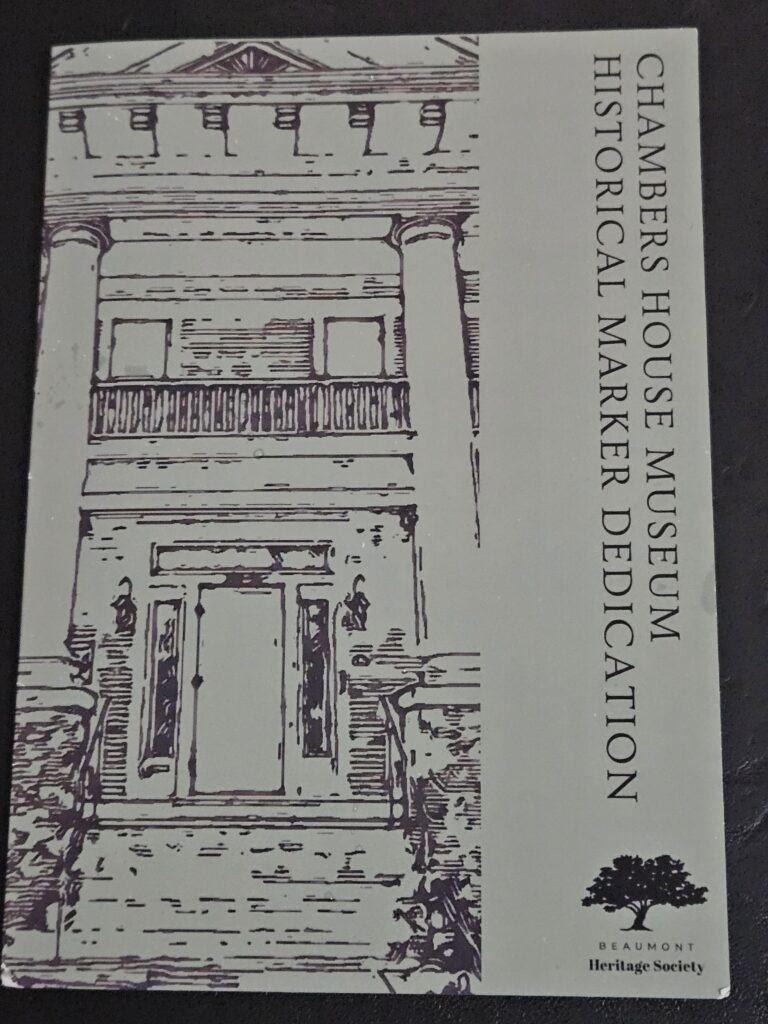
This week’s blog will be short and maybe sweet, but who knows—Hurricane Erzsébet is currently ravaging my office, and the damage a three-year-old can do can be off the scale. Truth be told, I’ve dealt with a few poltergeists in my lifetime, but noisy ghosts have nothing on this kid. I digress.
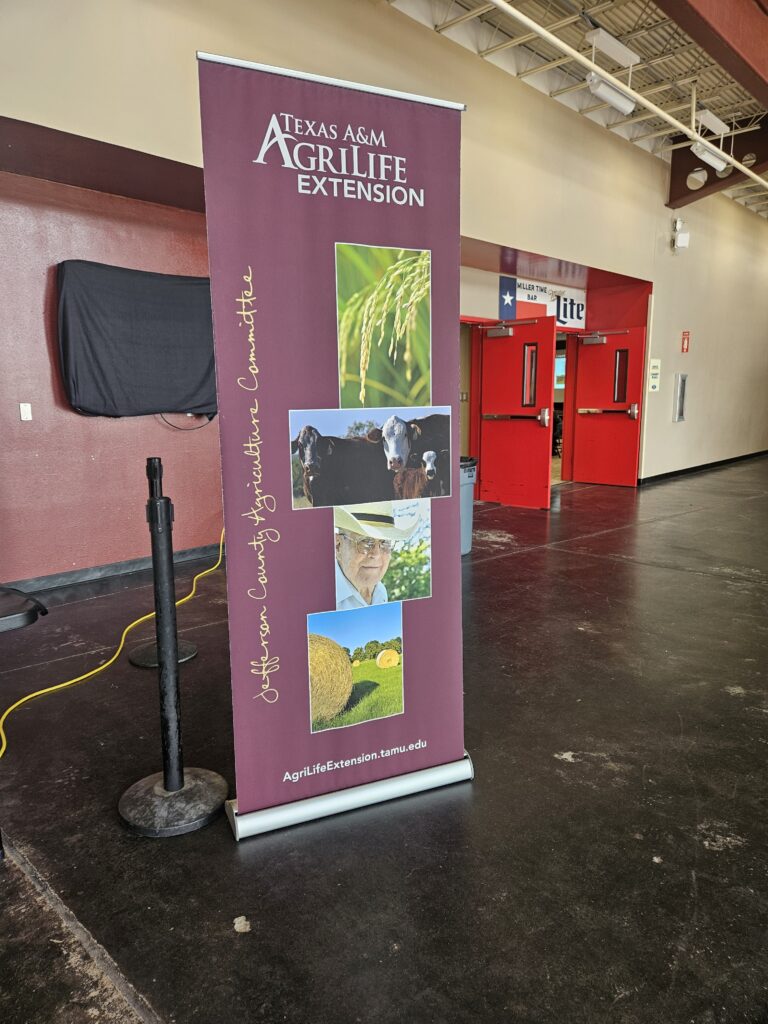
On Thursday, I attended my yearly continuing education classes offered by the Texas Department of Agriculture, or as I call them: Hangin’ with Aggies at Doggett Ford Park. I used Zoom last year because I could, but this year I had no choice but to attend in person. The last time I was there, I nearly froze to death; then, I had to give a lecture at the McFaddin-Ward House Museum in the evening. That was not a good day for me.
This year, I talked with one of the speakers over lunch, and he noticed my USS Texas hat. He told me that his father was a dive-bomber pilot on the USS Yorktown. This was the conversation I wanted to have from then on; however, unfortunately, we changed rooms, and the topic was not World War II ships. The topics were the life of a fire ant and why this new imported fly is making his/her (sorry, I don’t do pronouns well) head explode. I will say that this was an interesting class, but I’m always up for a talk about the greatest generation.
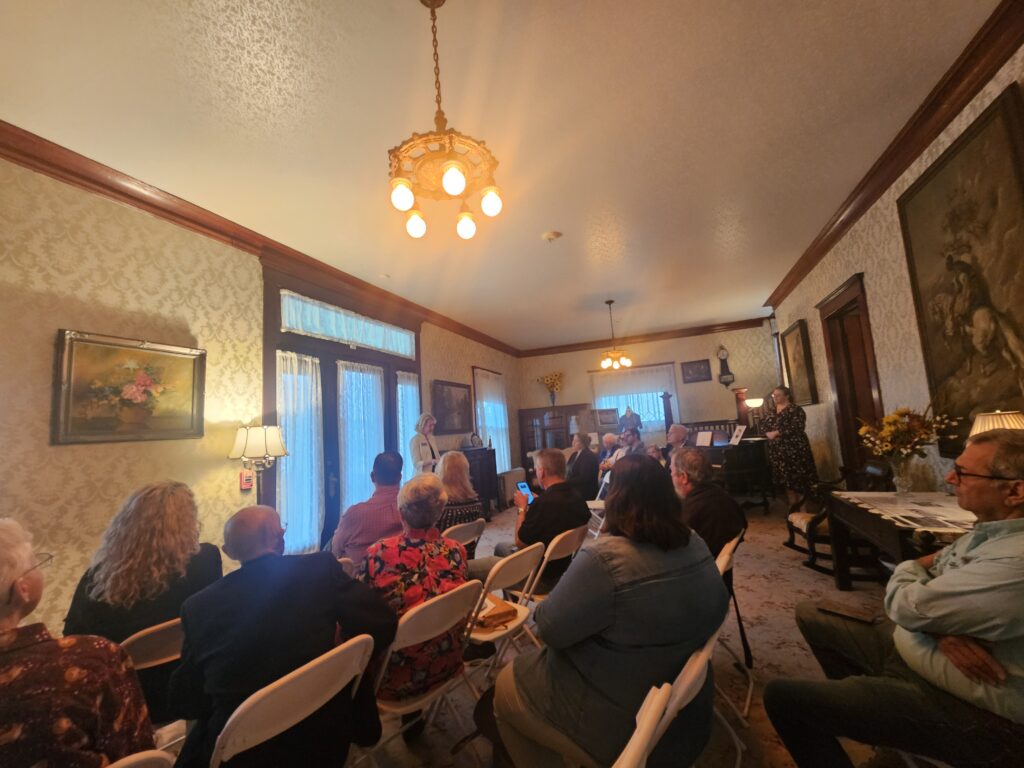
Saturday was a special day for the Chambers House Museum on Calder Avenue in Beaumont. The house, which is run by the Beaumont Heritage Society, received and dedicated a historical marker from the Texas Historical Commission. I’m sure that both Ruth and Florence Chambers would have been proud. Heck, Papa and Edith would also have been ecstatic. This family has an excellent story. You must visit the house. It’s my favorite one in Beaumont.
Until next week here’s some more Chambers House reads from the archives.
Chambers House Museum (2012)
It was a festive mood at the Chambers House last Friday evening. In celebration of what would have been Florence Chambers’ 100th birthday, we partied like it was 1929! And what fun we had going back in time.
As the guests made their way up the porch toward the front door, one could not help but notice the black, orange, and gold streamers hanging from the porch lights, along with an array of flowers in planter boxes.
Upon entering, we were immediately greeted by the delightful Homer Chambers who welcomed us to his daughter’s 17th birthday celebration. In the background, the Charleston could be heard along with the numerous dancing partygoers who were already in full swing.
This re-enactment of Florence’s 1929 birthday party could not have been better. Not only were the guests given a tour by the docents, but a live peek at history as well. All the actors portraying the Chambers family did a wonderful job! Most of the cast were from the Beaumont Community Players, with the exception of two who were the Beaumont Heritage Society’s own.
After the tour, guests were treated to refreshments of cake and punch. (Note: I still dream of that cake.)
The Chambers House, built in 1906, provides my favorite tour in Southeast Texas. There is a story here worth telling, and I would urge all to take the tour of this fantastic house and its even more fascinating occupants.
I had a great night and hope that Ruth, Papa, Mama, and Florence looked on with the same vigor. I believe their spirits were present at this celebration. Life was good in 1929.
Homer Chambers Funeral (2022)
Back in 2015, the Beaumont Heritage Society did its annual Florence Chambers birthday celebration. Florence was born in 1912 and lived in the same house her whole life. As I’ve said before, this house/museum is my favorite because it’s a house that we could live in without millions of dollars. The story of the two sisters—Ruth and Florence—is an excellent historical view of women succeeding in life at a time when most said they couldn’t function unless they were married. Visit the museum, take the tour, and enjoy their story.
That year, the actor who played Homer Chambers (Papa) couldn’t attend the event, so they decided to reenact the funeral of Papa Chambers. Broussard’s Funeral Home provided the casket, and the event went well. I even have a photo of the ghostly images of a few women walking in the background in a time-lapse. I saw at the time that the picture looked ghostly, and I even asked a friend who knew the Chambers sisters to look at it. I said, “Hey, this could be the Chambers sisters,” but she shut me down immediately, responding, “Not in those heels!” Reenactor problems, but gold to me. Everyone did a great job that night, as they do every year.
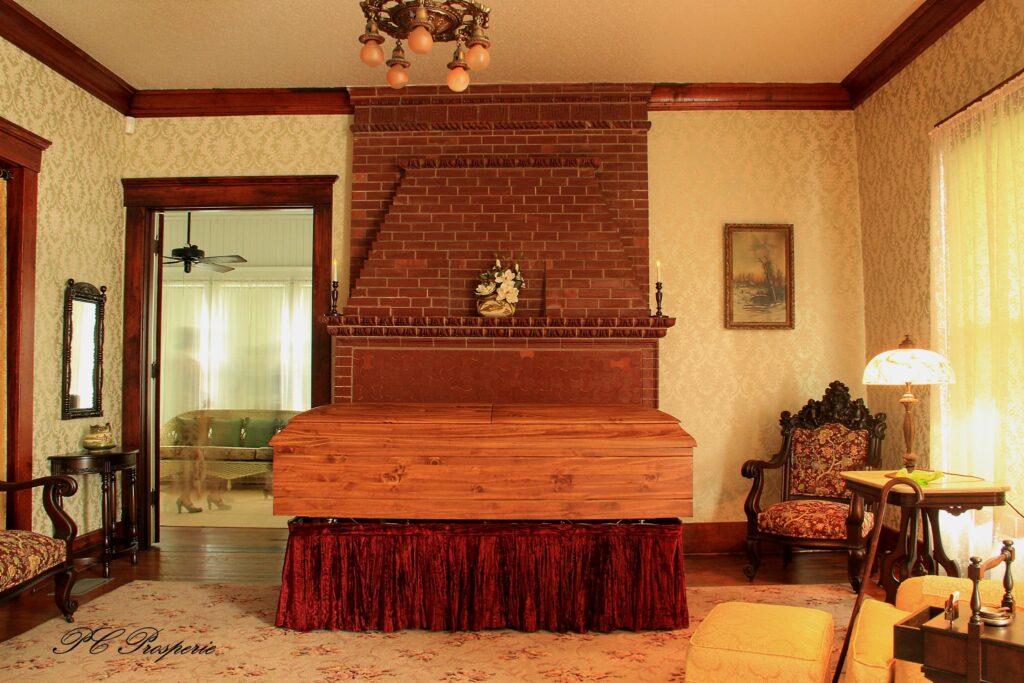

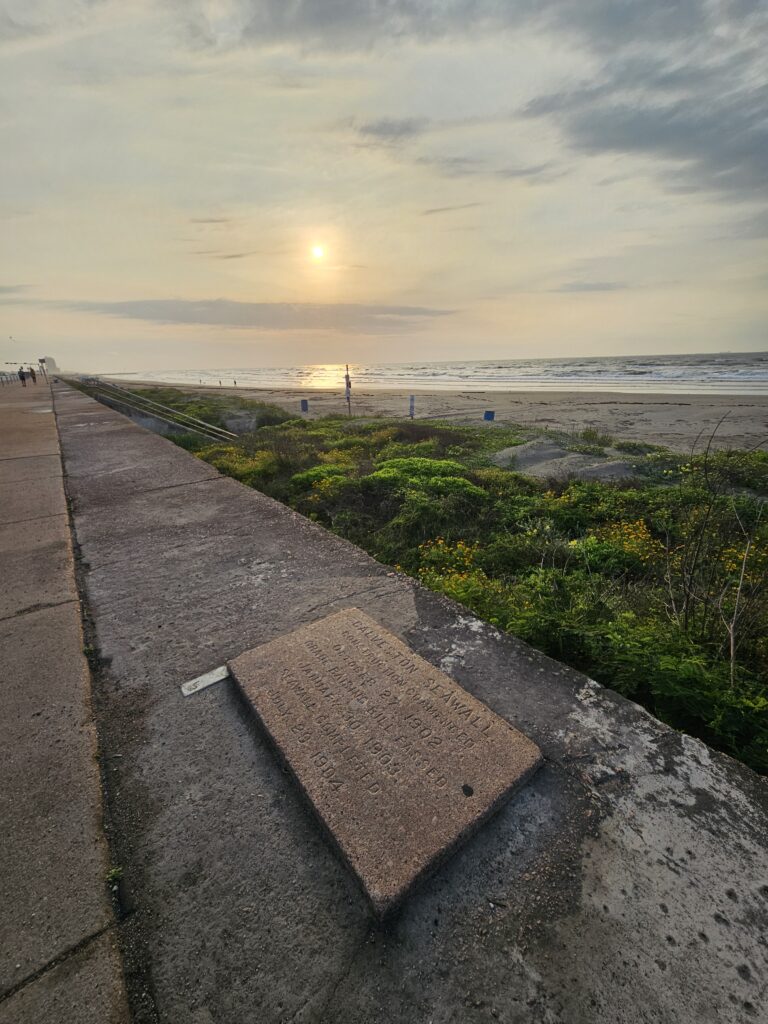
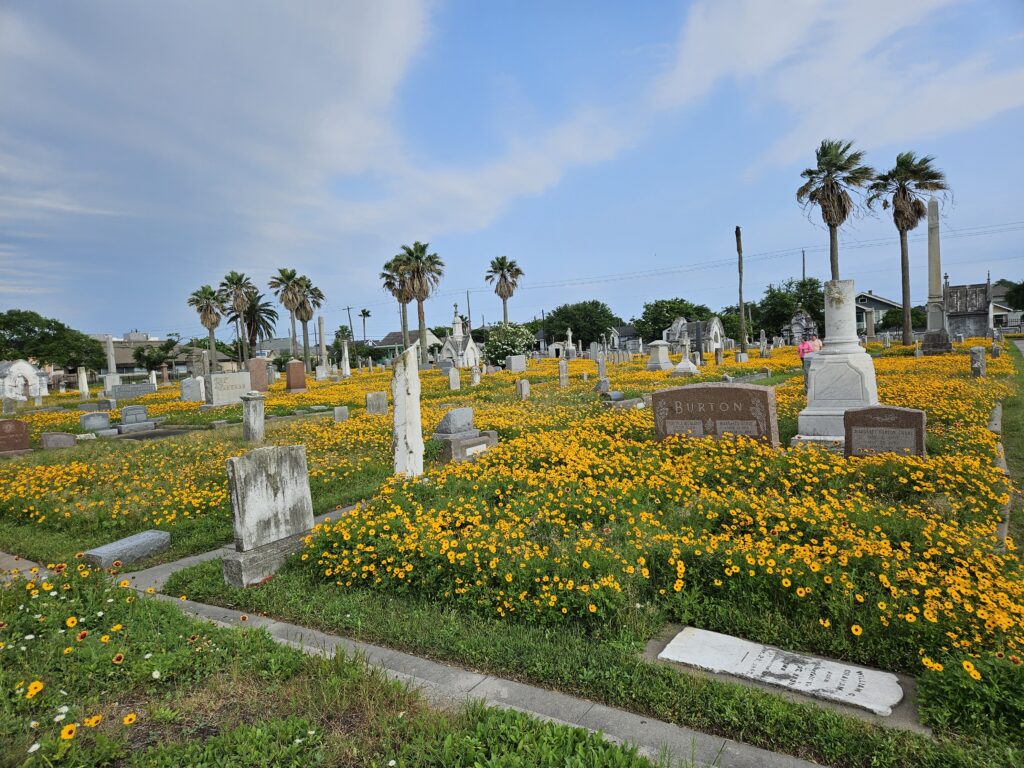

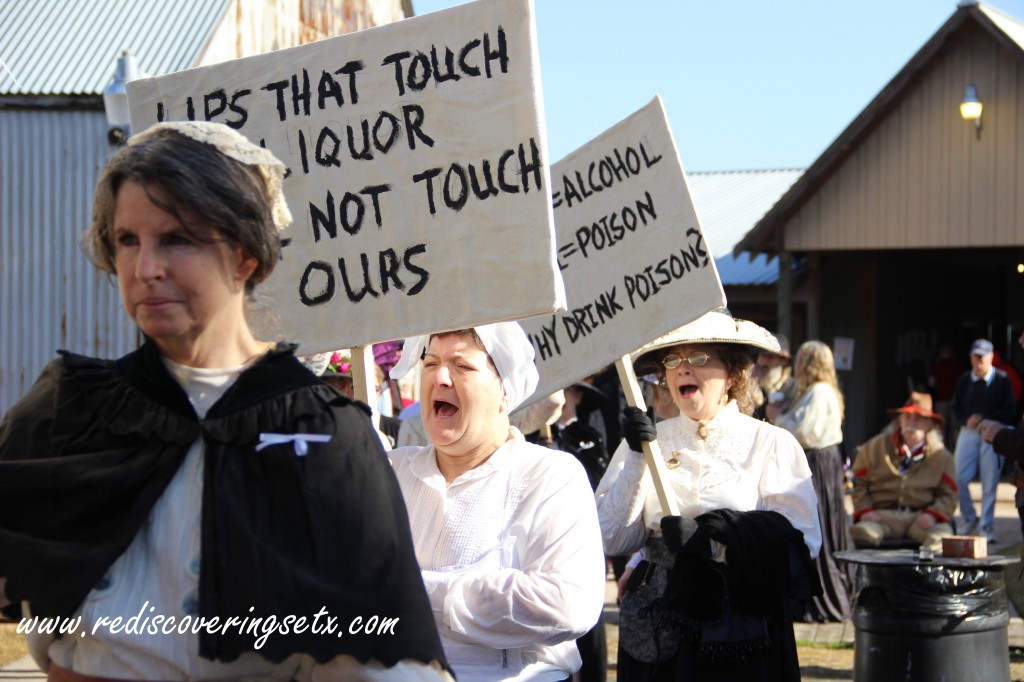
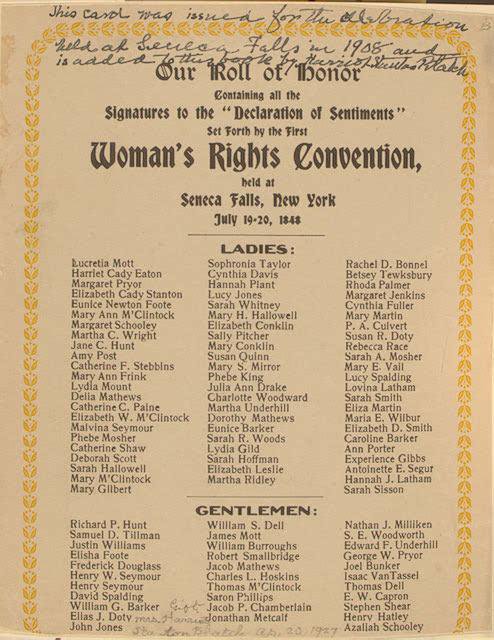
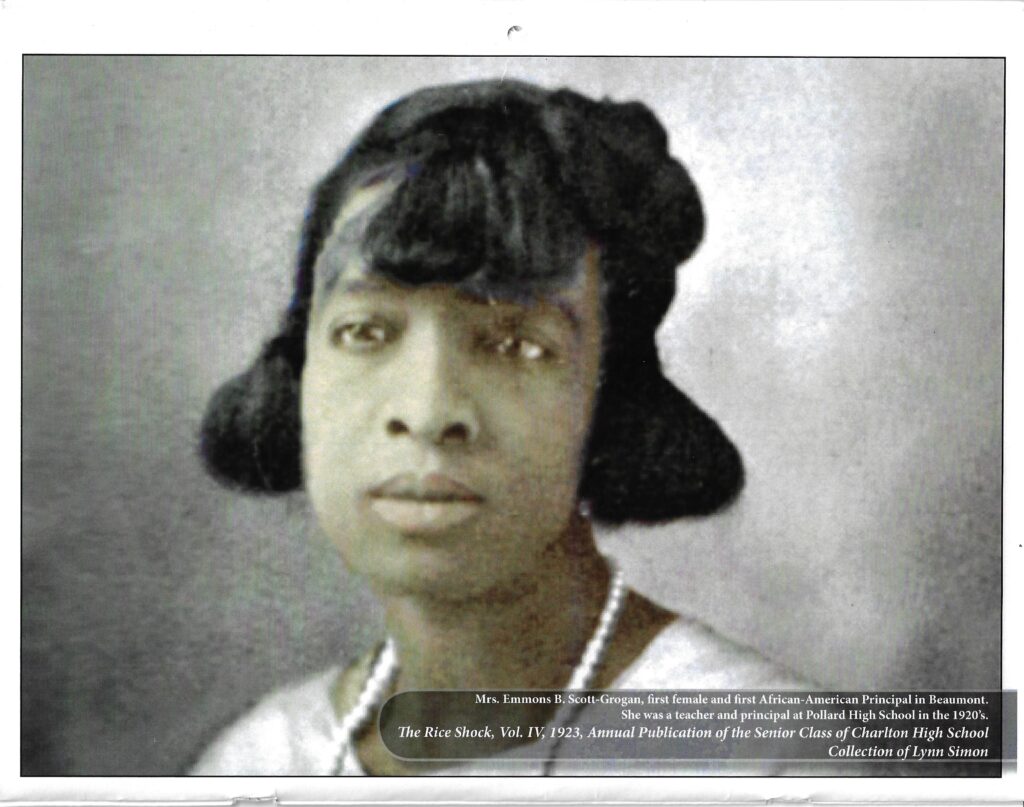

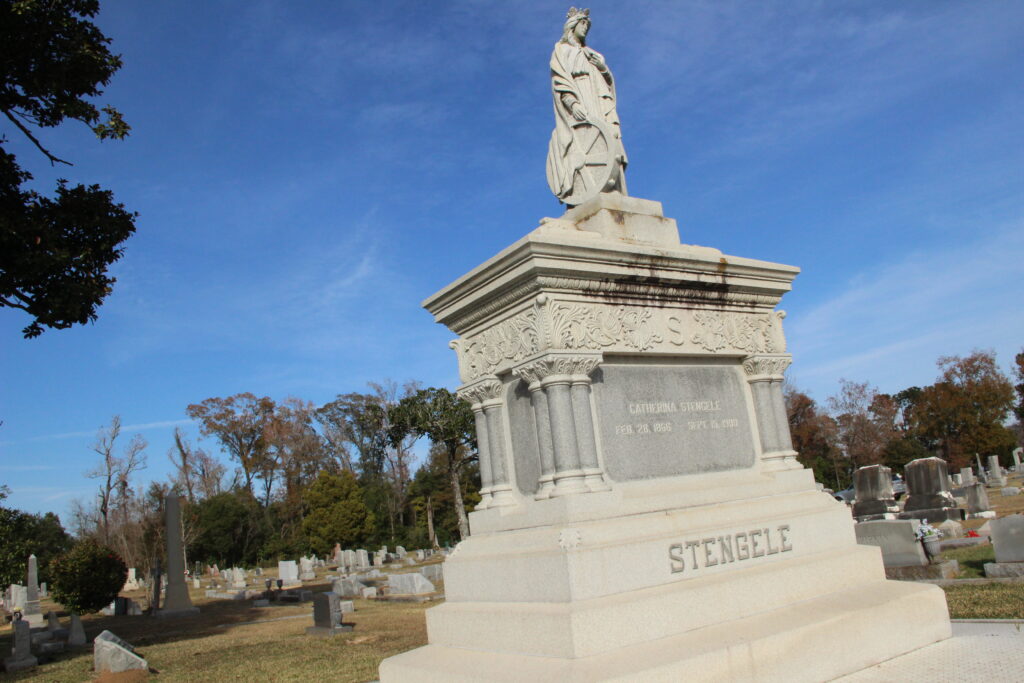


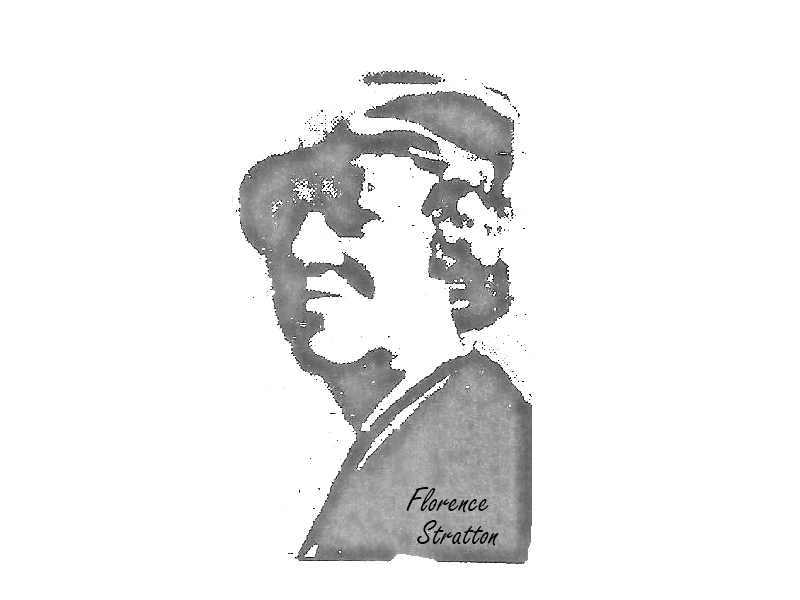
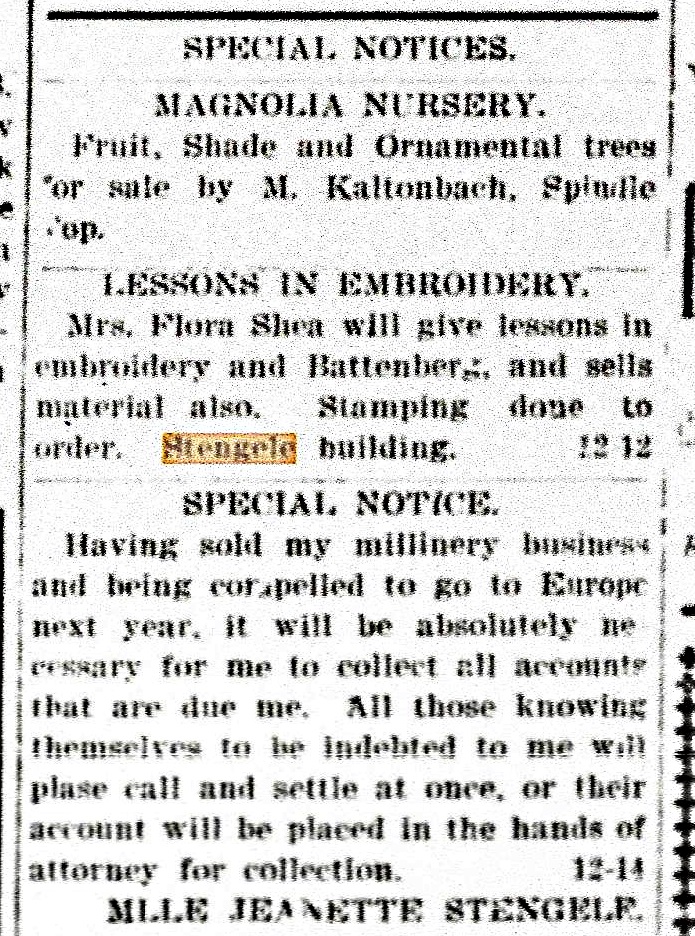
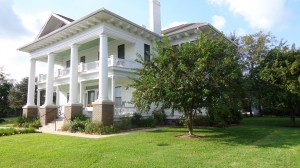

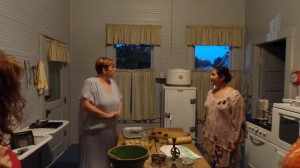

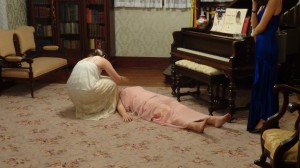
You must be logged in to post a comment.